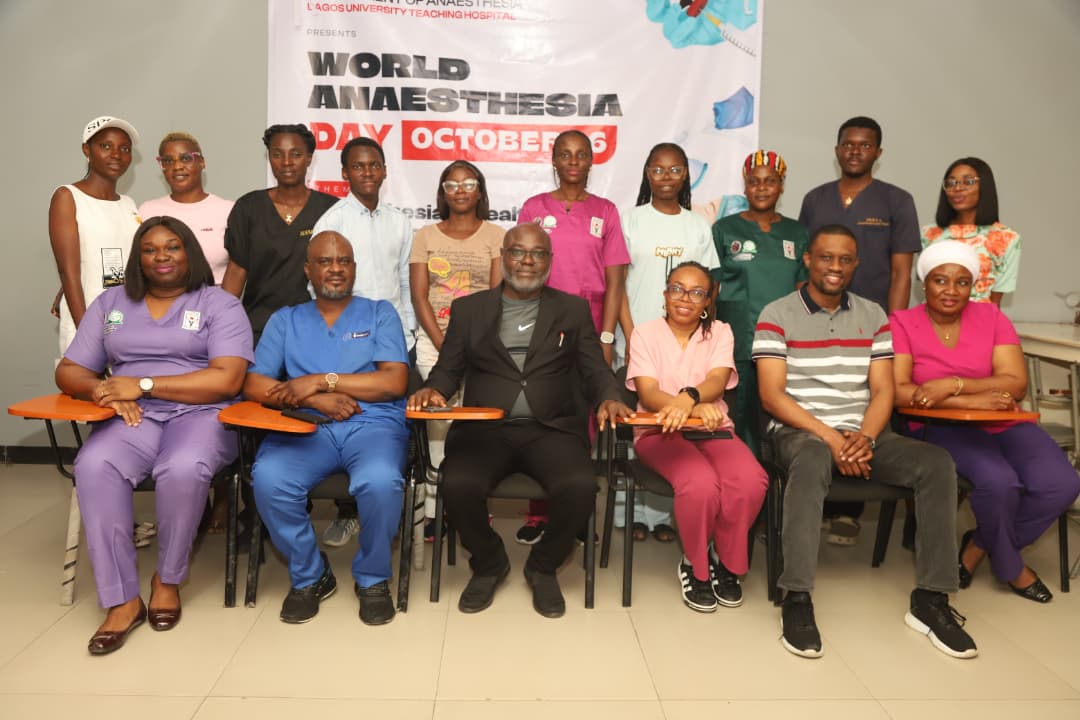
The Department of Anaesthesia, Lagos University Teaching Hospital (LUTH), joined the rest of the world to commemorate World Anaesthesia Day 2025, themed “Anaesthesiology in Health Emergencies.”
The event featured a lecture and hands-on training session that brought together staff, trainees, and students to reflect on the vital role of anaesthesiologists—not only in surgical care but also in emergency and critical response situations. Delivering the day’s lecture, Dr. Abioye Bolanhan spoke on “Cardiopulmonary Resuscitation (CPR)”, emphasizing how CPR remains one of the most important life-saving procedures in both hospital and emergency contexts. He explained that “cardiopulmonary” refers to the heart and lungs, and that CPR involves a coordinated set of actions aimed at maintaining oxygen supply to vital organs during cardiac arrest.
Dr. Abioye outlined three key types of resuscitation: Basic Life Support (BLS), In-Hospital BLS, and Advanced Life Support, noting that every healthcare professional should be trained in at least basic life support techniques. He stressed that early intervention is critical, as any delay in starting CPR can drastically reduce the chances of survival. He identified common causes of cardiac arrest to include airway obstruction, breathing abnormalities, cardiac dysfunction, and sudden or progressive clinical deterioration. He further emphasized that every patient is potentially at risk, reinforcing the need for close monitoring, prompt response, and adherence to hospital emergency protocols.
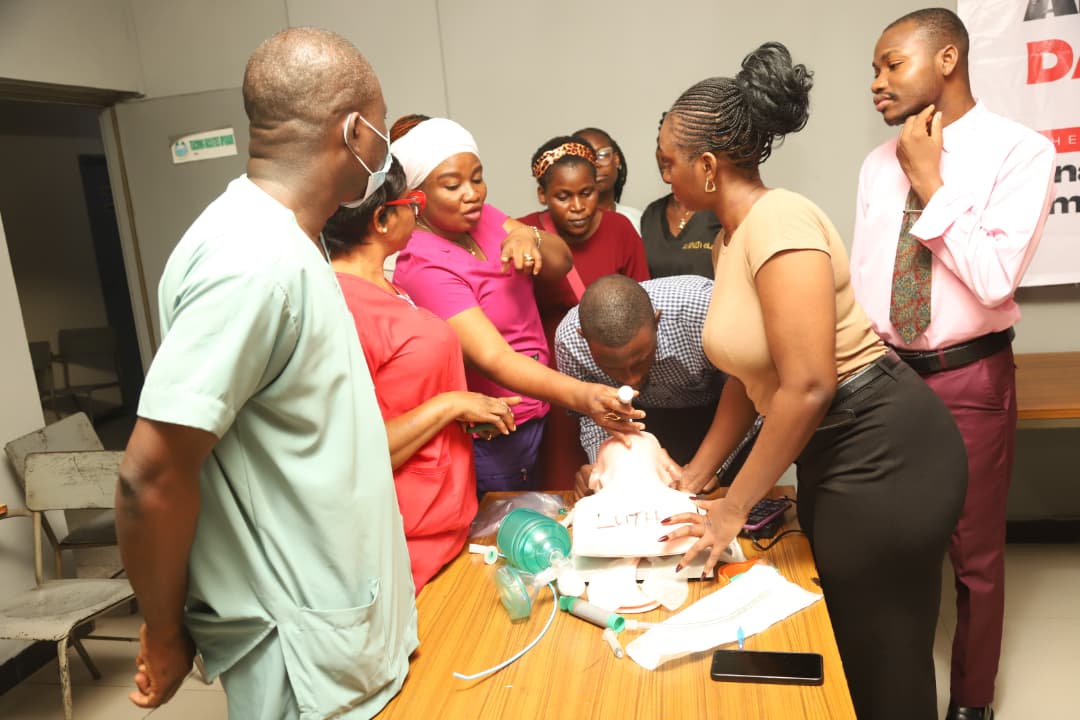
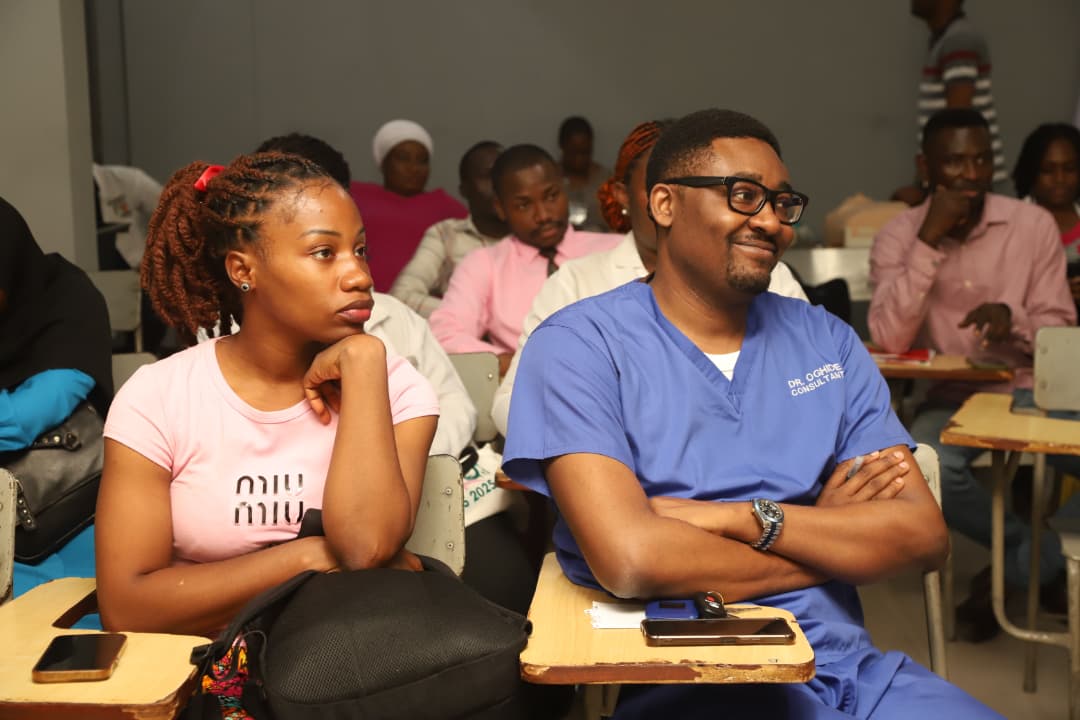
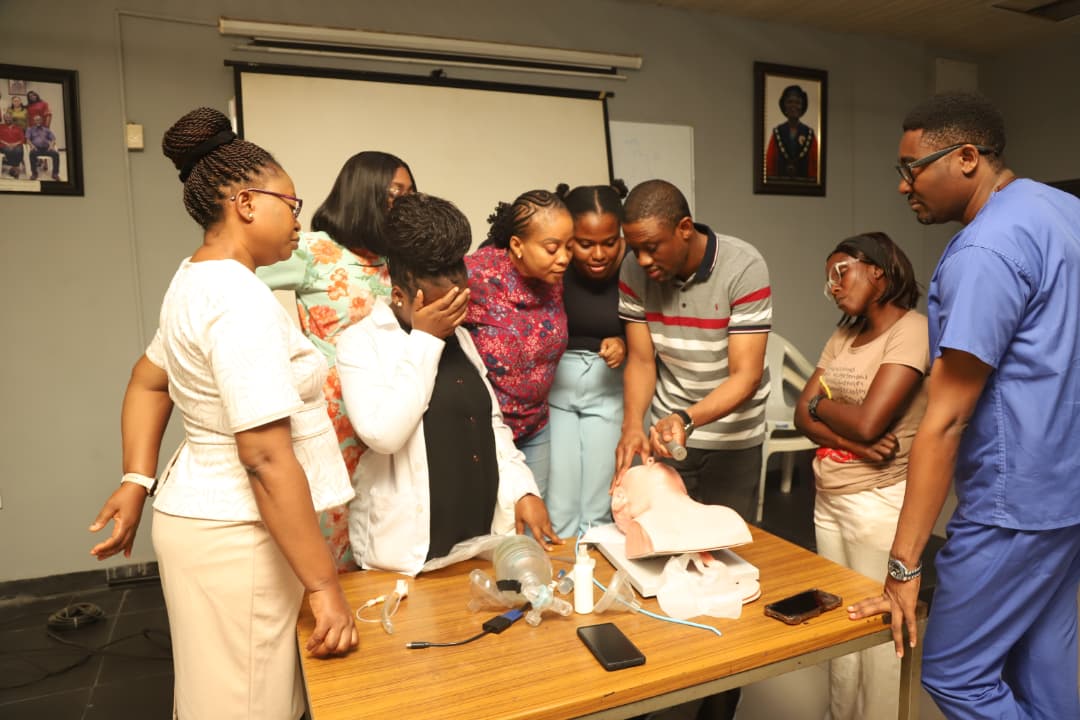
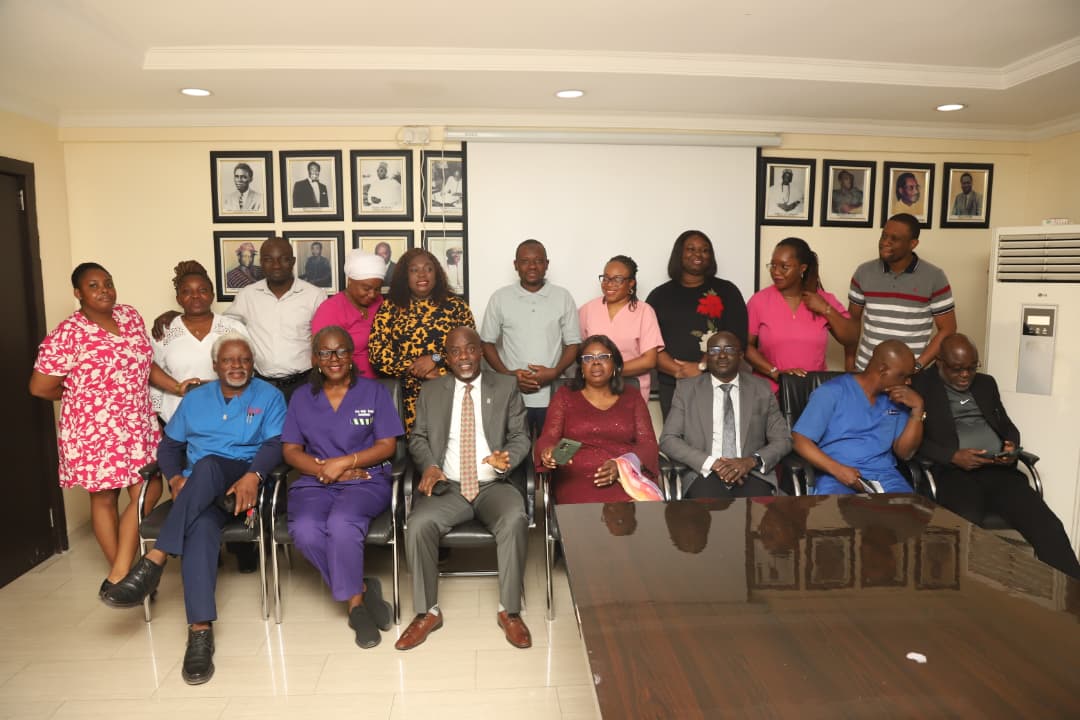
Following the lecture, participants engaged in hands-on CPR demonstrations, allowing them to practice life-saving skills under supervision and reinforce the day’s learning objectives.
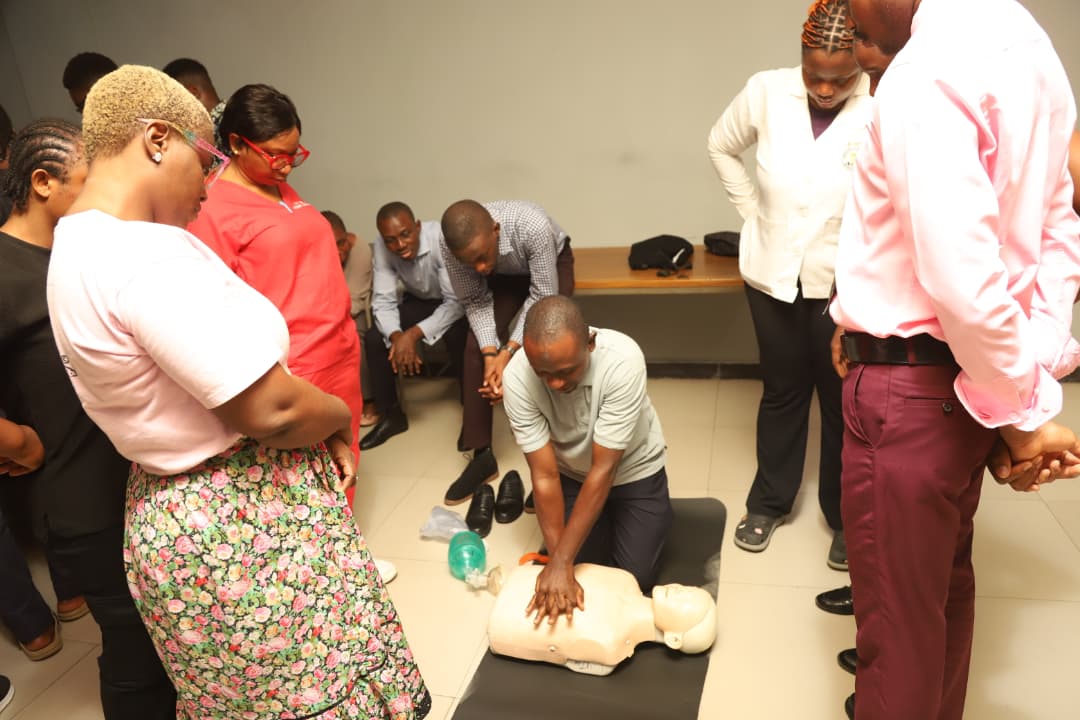
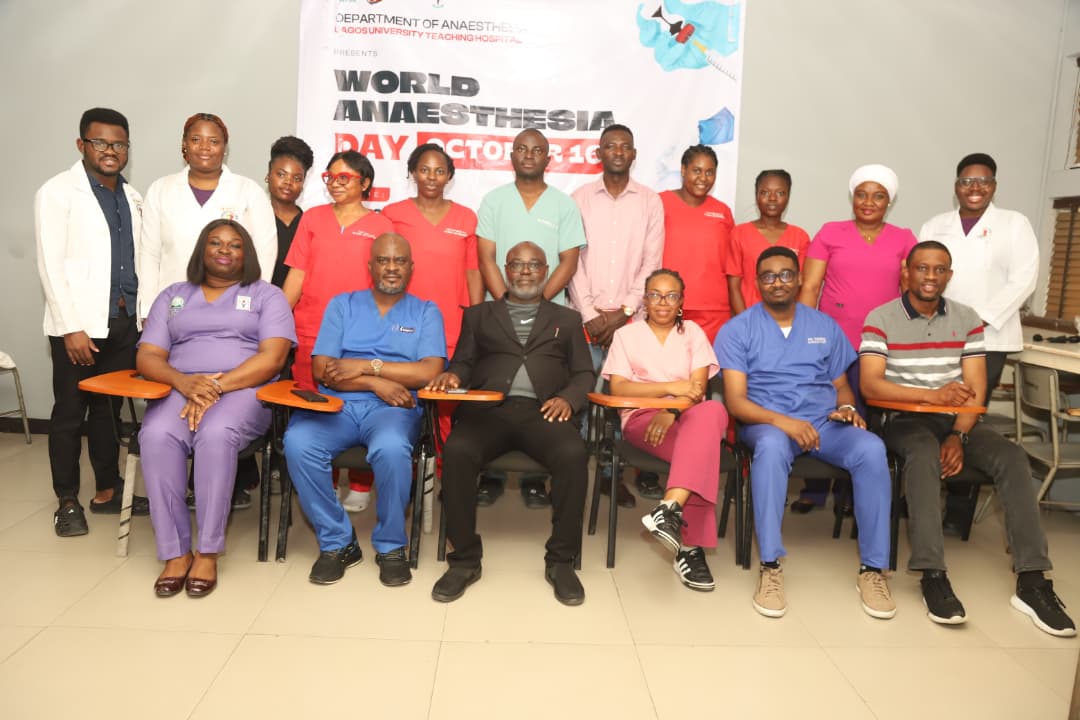
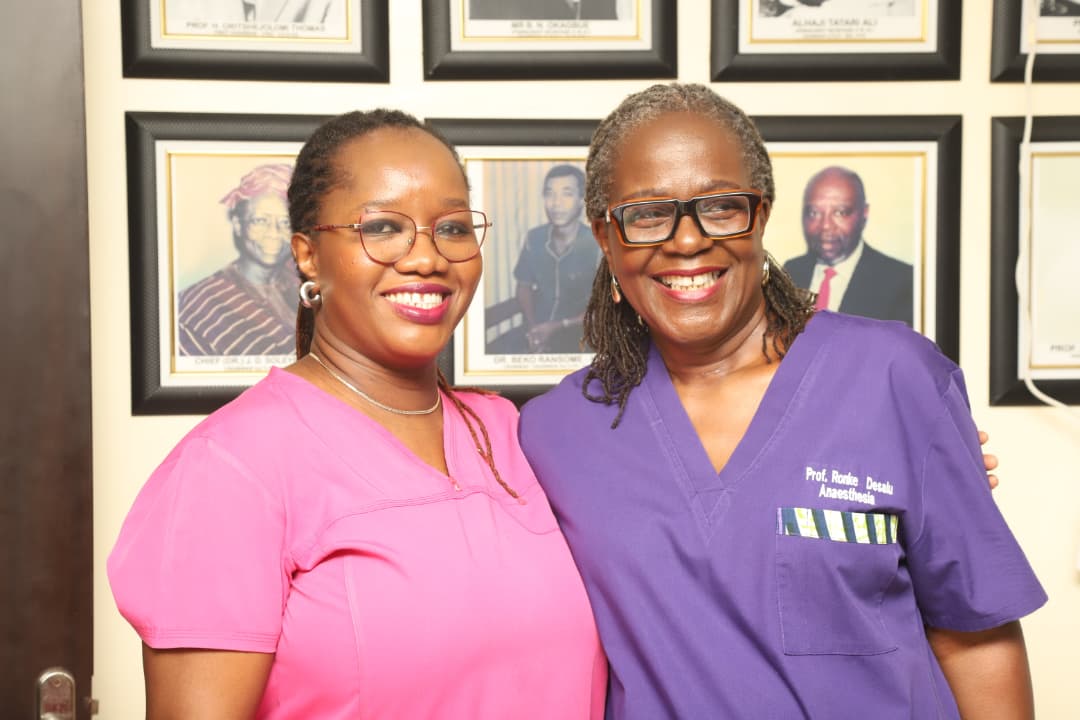
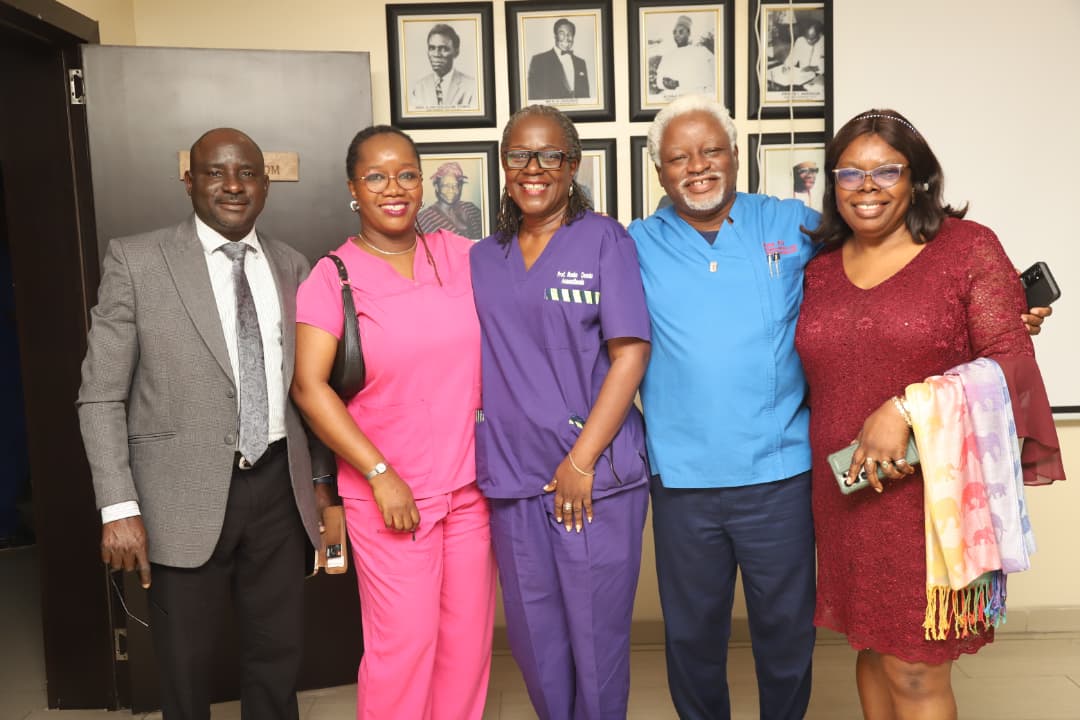
In his closing remarks, Dr. Abioye emphasized that the presence of a trained and confident rescuer is often the most critical determinant of survival in cardiac arrest cases. His message echoed the global theme—showcasing how anaesthesiology, through its expertise in airway management, resuscitation, and crisis response, remains central to saving lives in health emergencies.